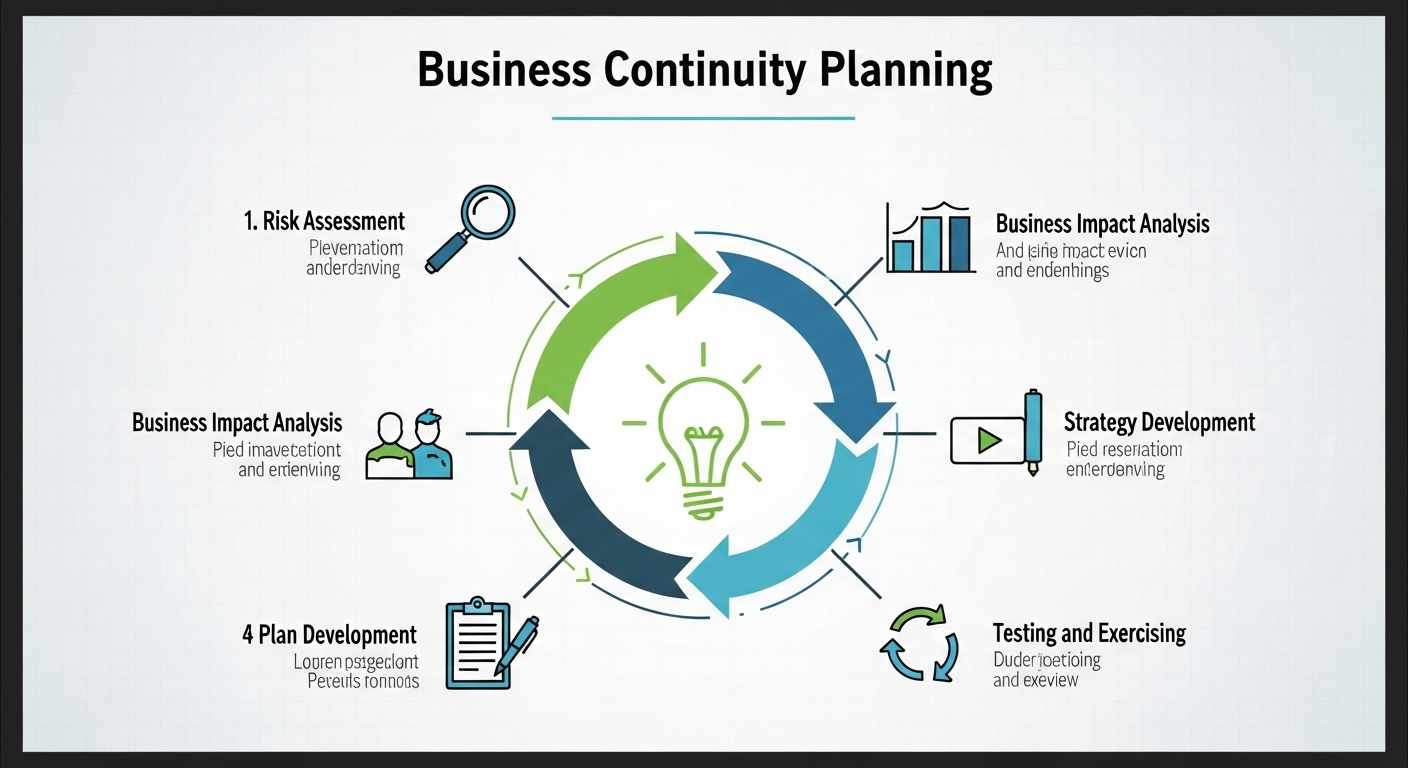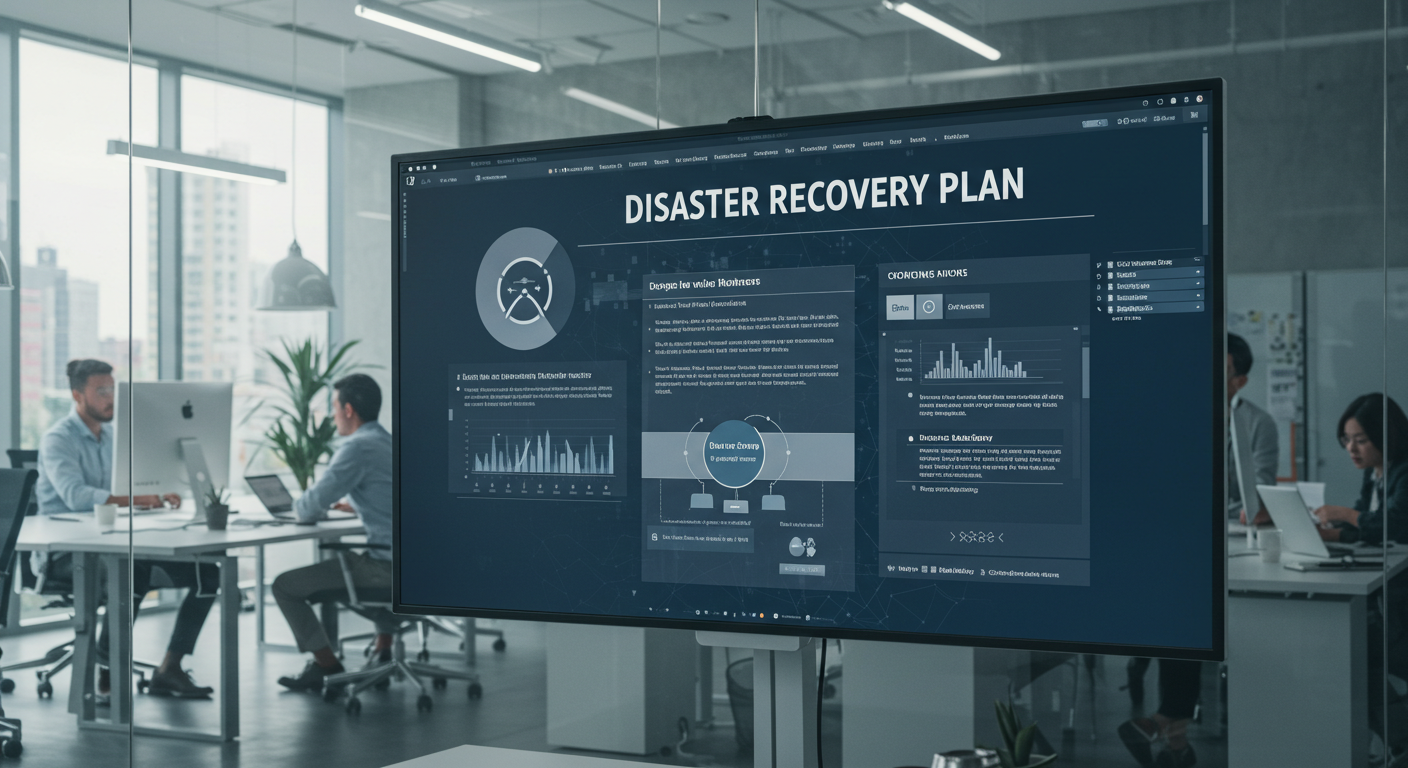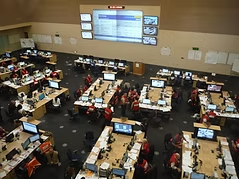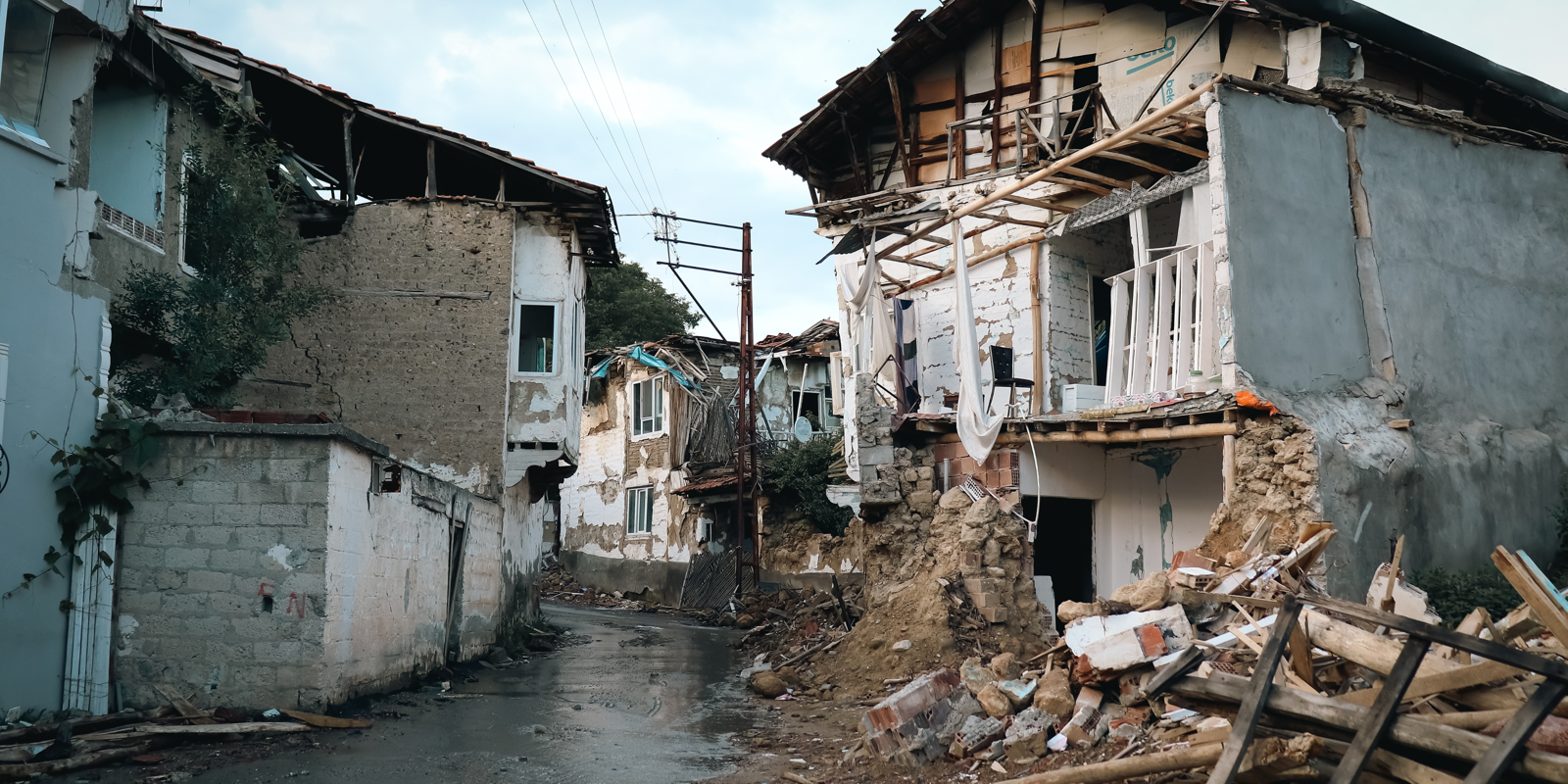
Security is not only about protecting computers and networks. It also means being ready for real-world dangers that can happen at any time. These dangers can include natural disasters or workplace violence stolen equipment or trick attacks like social engineering. That is why every organization must look at the full picture and not just focus on digital risks. Employees need the right disaster planning training that keeps them ready for many different kinds of threats.
Now you may wonder how often this training should be done. The answer depends on the kind of work your company does and what threats are most common and how fast those threats are changing. One thing is sure though. Training should not be done only once. It should be repeated often so it becomes part of the daily work culture.
Why This Training Is So Important?
Employees are the first layer of safety in any company. They are the ones who handle private data. They also lock office doors and take action when something goes wrong. Their actions can stop big problems before they happen. The right training helps workers think about safety in everything they do. This matters whether they are in the office or working from home or traveling for business.
Security training should include different topics that match real risks.
These topics are:
Knowing how to control who enters the building
Being ready for floods or fires or storms
Acting fast when violence or danger happens in the workplace
Following health and safety rules in risky areas
Learning how to spot fake emails and keep passwords safe
When these areas are part of training it helps workers stay ready. They can respond quickly to anything from a strange email to a building evacuation.
How Often Should This Happen?

Every new employee should get training as soon as they join. This first session should explain the company’s safety rules and steps to follow during any emergency. It sets the right tone for new staff from day one.
After that it is best to plan short learning sessions every three or six months. These quick refreshers help people remember what they learned. They also keep them updated on new risks. Even short quizzes or videos can help staff stay alert.
Once a year, your company should also hold a full training event. This event should go over every important safety rule and include practice for real-life situations. These can include fire drills or active shooter drills or planning for severe weather.
If your company works in a high-risk field like health care or finance or energy then you may need to train more often. In these industries, new dangers can appear quickly. That is why monthly lessons or practice scenarios may be the best way to stay safe.
If your organization needs help building a full safety plan you can speak with an emergency management consultant like BCG.
Match the Training to the Job
Not every worker needs the same type of training. Your IT team may need to know how to deal with advanced online threats. Your remote workers may need help making their home offices secure. Your front desk team must know how to stop strangers from entering. Managers need to learn how to lead when danger strikes. When training fits the job role it helps employees stay focused on the right risks.
Final Words
Security training must be part of how your company runs every day. Risks can happen at any time. They can come from inside or outside and they can be natural or planned. When your team knows what to do, they can act quickly and limit the damage.
You can also partner with an experienced emergency management consulting firm like Business Contingency Group. They can help your team stay ready and safe.










Write a comment ...